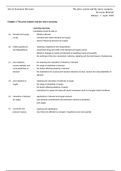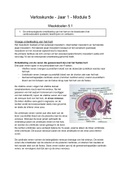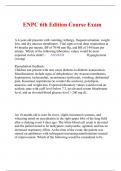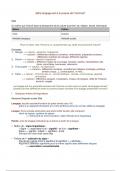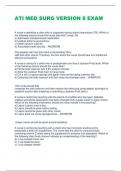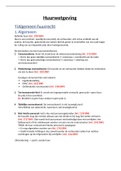Summary
Summary AS Level Economics Note Chapter 2
- Course
- Institution
- Book
These notes cover the whole syllabus of 9708 Cambridge International Examination, AS Level Economics Notes what divided into to 5 Units. You may find each notes have corresponded specifically in each term from syllabus.
[Show more]
